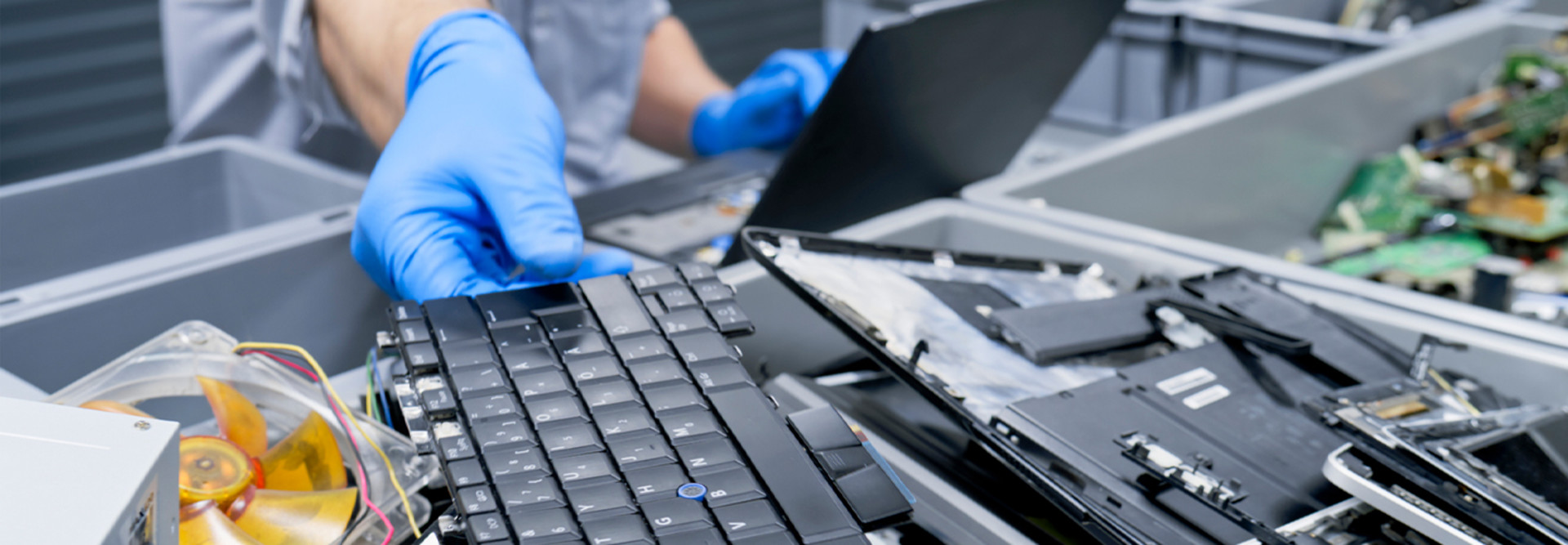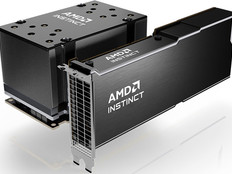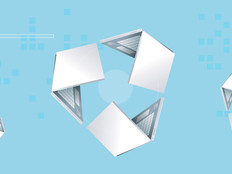This is a lot of work. Often, an outside vendor can step in to handle an agency’s reuse and recycling efforts. This can be part of the original contract or negotiated into the plan as it becomes clear how much equipment is involved.
For federal contractors, the relationships doesn’t stop when they sell the product. They like to make sure the customer uses the product properly and gets the most out of their technology investment.
When a product hits end of life — either its useful life or its budgeted life — it often retains a measure of value. And contractors can continue to work with their customers and support them as they move through the technology’s lifecycle, especially at the end.
READ MORE: Find out how vendors pick up used technology for disposal.
Negotiate Electronics Recycling as Part of Your IT Upgrade
CDW•G experienced this after the 2020 census, for which we provided the U.S. Census Bureau with 600,000 tablets, laptops and smartphones. The devices were used by census workers, primarily those who made follow up visits to homes of citizens who had not filled out the forms.
We configured, provisioned and deployed the devices — all the Census Bureau had to do was open the boxes they were shipped in and hand them out. And when the decennial count was complete, the agency shipped the devices back to CDW, where they were decommissioned, refurbished and resold on the secondary market.
This isn’t possible with all agencies. Some are so strict about how they handle used equipment that they must destroy it all onsite to prevent sensitive information or technology from leaving the building. Others can decommission their own technology but leave it to a third party to recycle.
Many don’t think about it at all, however, until a project is nearly over or has expanded beyond what the original funding will cover. That’s when IT teams begin to wonder: Can we can get more value out of the devices, even if the agency has no more use for them? And who can get rid of them if they’re worth little to nothing, because we don’t have staff for that?
In some cases, agencies can defray the cost of new equipment by recycling or reselling their original gear — the value of the old is applied as a credit toward investments to be made in the future.
These details are usually negotiated near the end of the project, when agency officials calculate the value of the original equipment or decide that it’s too much of a bother to dispose of themselves.
It’s possible there is no resale value, depending on how the technology was decommissioned; sometimes, that process can cause enough damage that recycling is the only option. (Anyone who’s tried to trade in a smartphone with a cracked screen is familiar with this scenario.)
LEARN MORE: The Census Bureau’s massive task was a perfect fit for an asset disposition project.
Plan for Technology End of Life and Consider Recycling
Some recycling or reselling projects are massive enough that the manufacturer or contractor can handle it on their own. That was the case with our Census Bureau contract, which had been designed as a Device as a Service solution, in which the bureau kept the devices only as long as they were needed. Oak Ridge National Laboratory also did this in 2019; manufacturer Cray took the decommissioned Titan supercomputer back for recycling.
Device as a Service solutions are also the best method for federal agencies to retain the value of used equipment; frequently, for agencies to accept any trade-in value or money, the transaction must be written into their original contract.
But most projects are usually assigned to IT asset disposition companies, who treat recycling as a core competency. The General Services Administration contracts with a number of ITAD companies for this work and provides agencies with a complete set of guidelines on what can be recycled, donated or refurbished and sold.
When it comes to sustainability, thinking through the technology lifecycle is critical. Agencies should consider how the technology is going to be used, think about refreshing it at the optimal time for their users rather than just replacing it, weigh how much value they can get for it at end of life, and decide where the assets should go once the agency is finished with them.
Think about the planet for a second. Why do we need all these electronics sitting in a landfill when we could be refurbishing them for a new life, or recycling their components for reuse? Instead of pulling new resources from the Earth, let's use as much of what we already have, and ease the burden on Earth by recycling and reusing — whether the item is a soda bottle, an outdated smartphone or a supercomputer.











